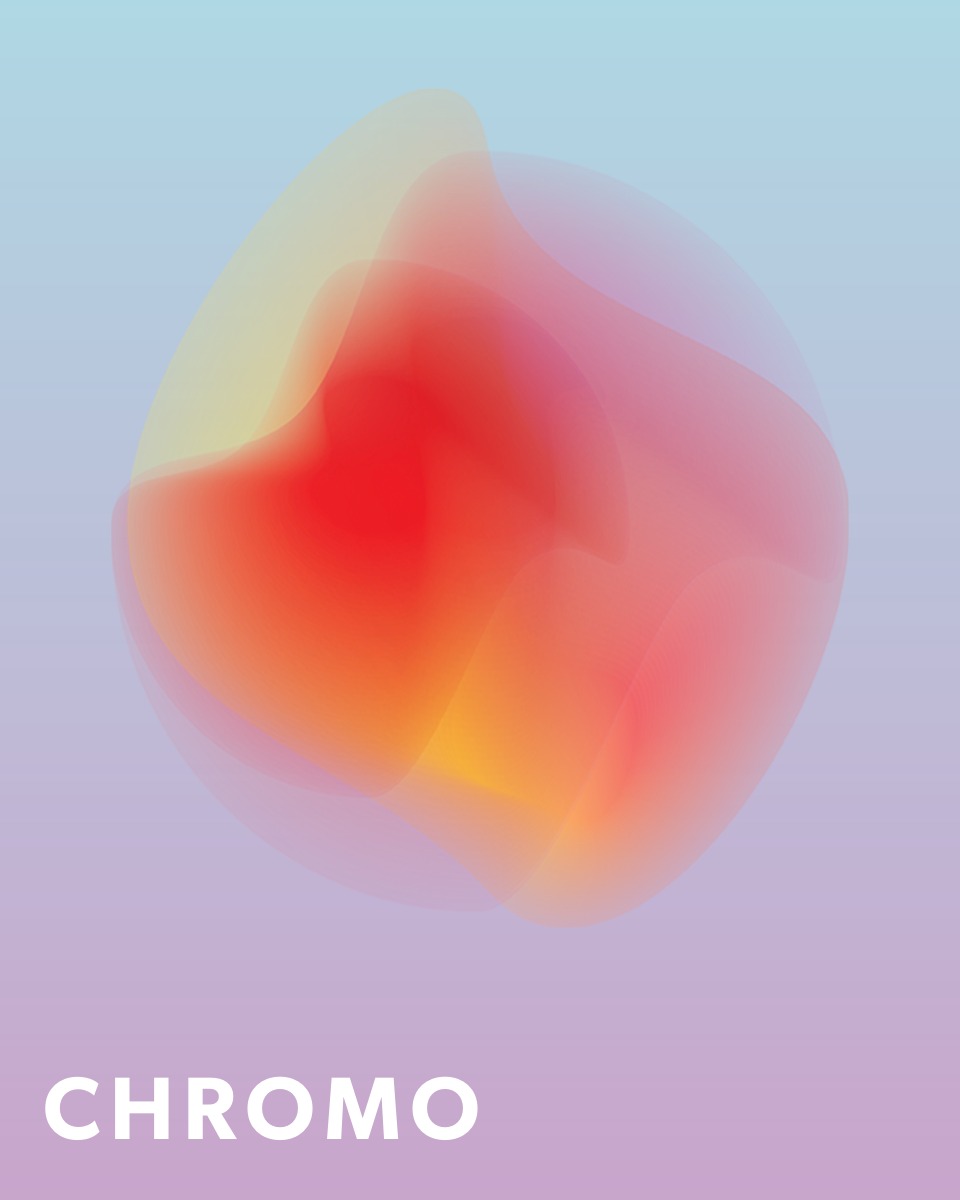Reachability Relation
The reachability relation is connected to a given relation and shows whether one element is reachable from another through direct or indirect connections in sequence. This concept is closely related to the transitive closure.
Formal Definition
Let R be a relation on a set A. The reachability relation R* is defined such that (a,b) ∈ R* if and only if there exists a finite chain a = x₀, x₁, …, xₙ = b of elements where each (x_i, x_{i+1}) ∈ R.
This includes the empty chain for reflexivity: every element reaches itself (n=0, R^0 = identity).
Graphical Interpretation
In graph terms, if we represent the relation R as a directed graph (vertices = elements of A, edges = pairs in R), then the reachability relation R* consists of all pairs (a,b) where there is a directed path from a to b in the graph.
Example: Let A = {a,b,c}, R = {(a,b), (b,c)}. Then R* = {(a,a), (b,b), (c,c), (a,b), (b,c), (a,c)}, because a reaches b directly, b reaches c directly, and a reaches c via b.
Properties
- The reachability relation is always reflexive.
- The reachability relation is always transitive.
- If the original relation is symmetric, the reachability relation will also be symmetric.
- The reachability relation corresponds to the reflexive transitive closure of the relation.
Summary
The reachability relation shows whether one element is reachable from another through direct or indirect connection chains. This concept is fundamental in graph theory, algorithms, and network analysis.
Practice Exercise
We have reviewed and checked the materials, but errors may still occur. The content is provided for educational purposes only, so use it at your own responsibility and verify with other sources if needed.
✨ Ask Lara — your AI study partner
Unlock personalized learning support. Lara can explain lessons, summarize topics, and answer your study questions — available from the Go plan and above.
Lara helps you learn faster — exclusive to ReadyTools Go, Plus, and Max members.


